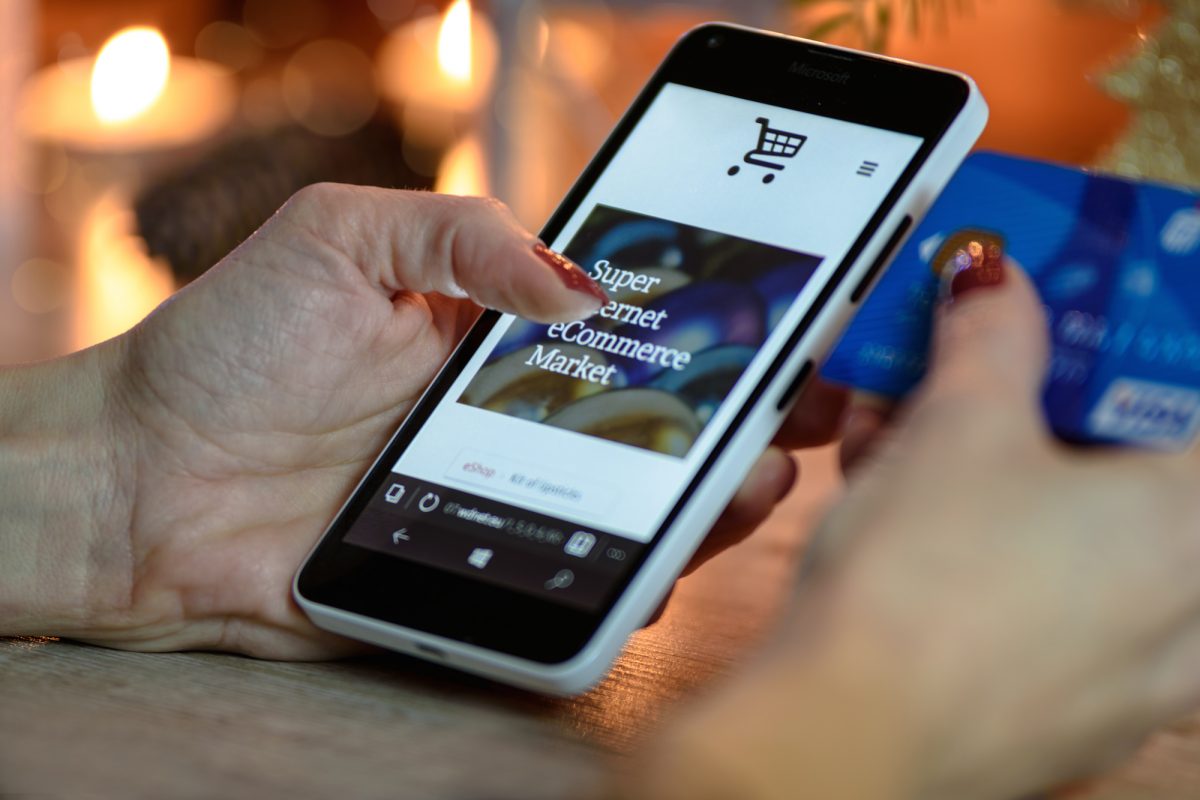The impact that tech-savvy shoppers are having on the world of ecommerce is not only more powerful than ever; it is faster than ever: Gone are the days when shoppers would meander online trying to find out whether an online order was worth the risk. Instead, technology now is helping shoppers keep track of their purchases, and changing the ways that those shoppers interact with online retailers.
These trends, in turn, are affecting the big picture: As technology changes business-to-consumer trades, new opportunities for all parts of the world are emerging. Consumers now have access to a selection of tools which help them gauge costs, locate stores and get coupons.
Retailers are seeing benefits also, as technology helps them create stronger connections with customers and build their brands quicker. Altogether, technology is revolutionising how business-to-consumer transactions happen. Here’s how:
Mobile programs are changing consumer-retailer relationships.
Apps are currently affording retailers a chance to connect with customers that goes beyond the bounds of a brick-and-mortar enterprise. Brands no longer need to wait for customers to enter their store or come across an advertisement that encourages them to engage with the business.
Now, companies can reach customers everywhere. Even if customers are not buying, retailers may still be on their minds. The continuous presence of a business’ app on a person’s phone reminds him or her that that brand is out there. What is more, location-enabled interactions, which send messages to shoppers who enter stores, are getting offline customers back into real stores.
Retailers are more on customers’ minds.
Yesteryear’s email alarms are quickly being drowned out by entrepreneurs in favour of smartphone push notifications. These features and their programs allow marketing teams to control consumer attention like never before. Promotions that once got filtered out by spam sensors or were scrolled over by customers are now able to grab a consumer’s attention right in his or her home screen. Retailers are harnessing these upgrades to keep clients updated and informed about new promotions and sales.
Personalised customer experience is growing.
The fact that customers need personally relevant shopping experiences is nothing new. What is new? It’s how technology is making personalisation standard. These advertising techniques have become a popular method for those looking to create a loyal customer base. With the introduction of mobile personal assistants, ecommerce websites are realising that automated solutions no longer cut it.
To better serve clients, ecommerce websites are finding they need to adapt to the new customer service standards set by technological advancements. This means servicing clients on the many channels that they have access to. Brand sites, email, Facebook, Twitter as well as Instagram are all being used by clients to contact brands. Today’s ecommerce websites have to use these platforms to contact customers, also.
Consumers enjoy the convenience of faster delivery and lower costs.
Convenience has become the number one driving force behind ecommerce websites’ success. With the growing demand for convenience, however, same-day delivery attributes are posing new challenges. Online stores, for instance, may experience the need for greater price tags: Hiring a driver for same-day delivery is far from cheap.
But tech help is on the way: In the not too distant future, solutions to the shipping barrier, at least, will come in the form of automatic vehicles and drones. Ecommerce behemoths such as Amazon are already seeking to pave the way with such technology. For the time being, websites aiming to gain a competitive advantage are offering consumers quicker deliveries with lower costs.
Small business is taking over
In general, the future for small businesses looks increasingly bright for those jumping into the ecommerce marketplace. Peer-to-peer ecommerce websites like Etsy and Shopify are placing small companies head to head with big-box retailers such as Walmart and Target.
Smartphones and social media are giving users an opportunity to discover brands they have never run into before. The thrift shop down the road can now set up shop online and give global access to its goods. Long-time mom-and-pop stores are not the only ones raking in the benefits. Start-ups are popping up all over the country faster than ever before. Social networking, cellular, and cloud technologies are improving entrepreneurs’ ability to get businesses off the ground quicker. Moreover, tech features are providing entrepreneurs the ability to start-up companies from home.




